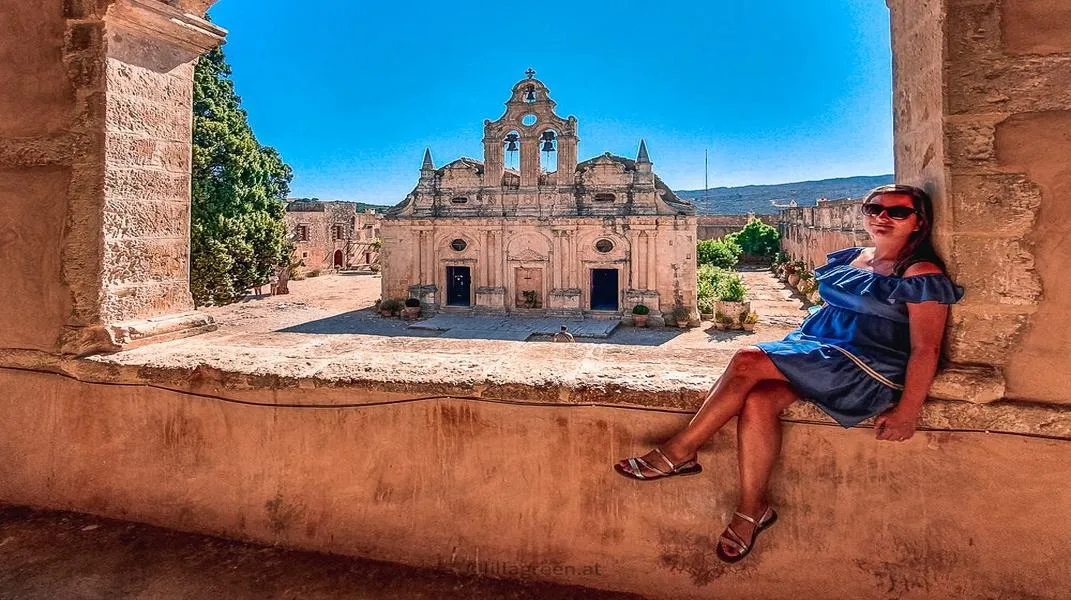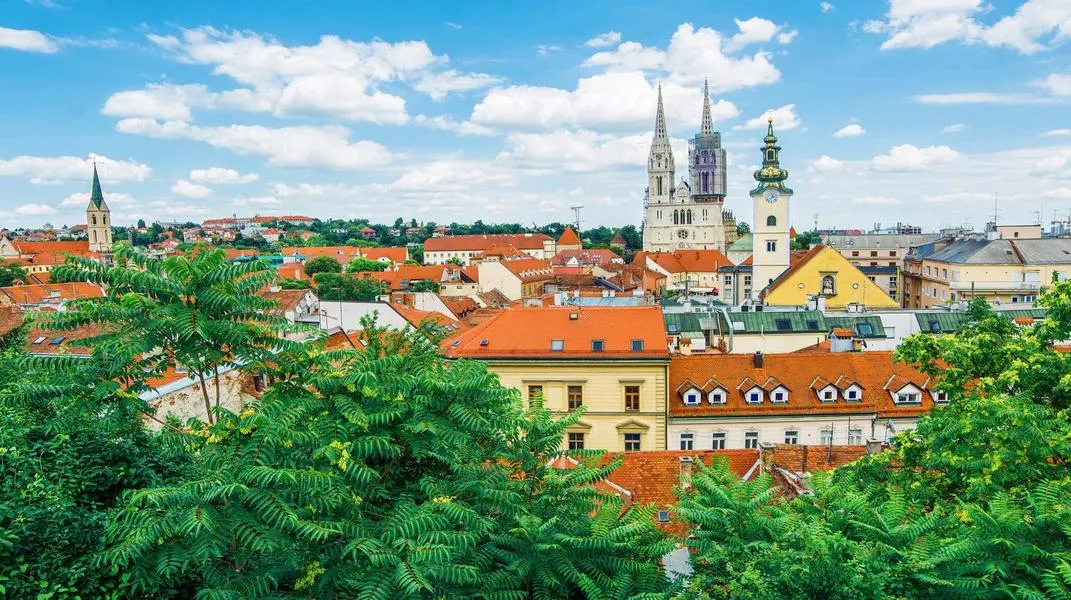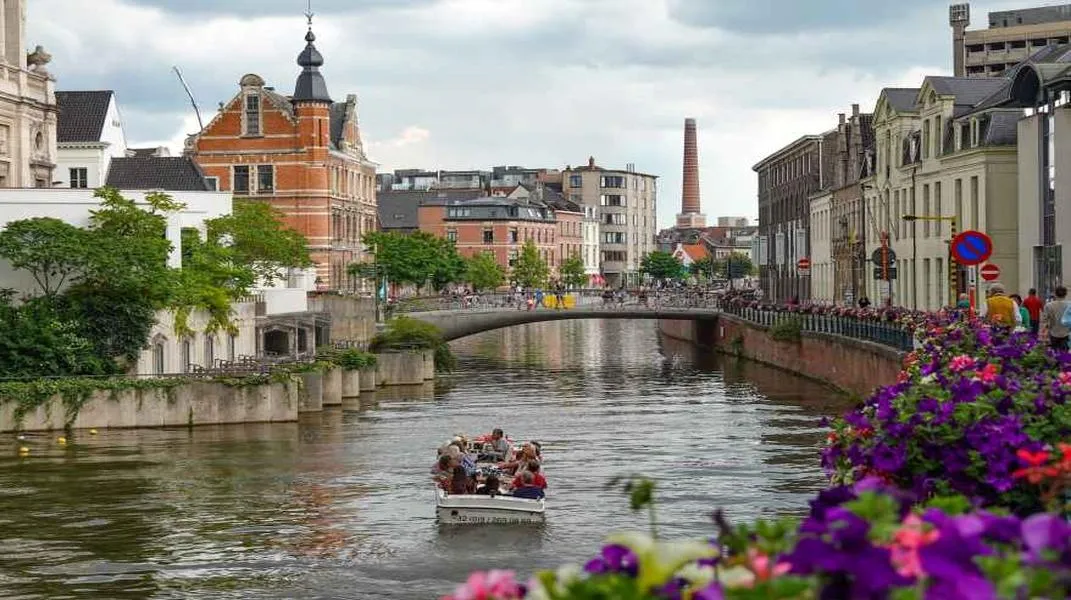Discovering Crete: A Comprehensive Guide to Greece's Enchanting Island
Crete, the largest of the Greek islands, is a tapestry of stunning landscapes, rich history, and vibrant culture. With its sandy beaches, rugged mountains, and ancient ruins, Crete offers visitors a unique blend of natural beauty and historical significance. Whether you're seeking relaxation on sun-kissed shores, adventure in the great outdoors, or immersion in local traditions, Crete has something for everyone. This article will delve into the island's attractions, culture, cuisine, and essential preparations for an unforgettable visit.

A Brief Overview of Crete
Crete is located in the eastern Mediterranean Sea and is part of Greece. It stretches approximately 260 kilometers from east to west and is about 60 kilometers at its widest point. The island's geography is diverse, featuring beautiful beaches, fertile plains, and steep mountains, most notably the White Mountains (Lefka Ori). With a population of around 600,000, Crete is divided into four main regions: Chania, Rethymno, Heraklion, and Lassithi.
Historical Significance
Crete is considered one of the cradles of Western civilization, being home to the ancient Minoan civilization, which thrived from approximately 2700 to 1450 BC. The Minoans are known for their advanced art, architecture, and trade networks. The ruins of the Palace of Knossos, near Heraklion, provide a glimpse into this fascinating era. Crete's strategic location has also made it a focal point for various civilizations, including the Romans, Byzantines, Venetians, and Ottomans. This rich history is reflected in the island's numerous archaeological sites, museums, and well-preserved medieval towns.
Must-See Attractions in Crete
1. The Palace of Knossos
One of the most significant archaeological sites in Greece, the Palace of Knossos, is often associated with the legendary King Minos and the myth of the Minotaur. The complex features intricate frescoes, grand staircases, and a sophisticated drainage system. Visitors can explore the ruins and imagine the life of the Minoans, who were known for their advanced civilization.
2. Samaria Gorge
For nature lovers and adventure seekers, the Samaria Gorge is a must-visit. Spanning 16 kilometers, this stunning gorge is located in the Samaria National Park and is one of Europe's longest. The trek through the gorge offers breathtaking views of towering cliffs, lush vegetation, and the opportunity to spot various wildlife. The hike usually takes about 4-6 hours, and it concludes at the charming village of Agia Roumeli, where you can relax by the sea.
3. Elafonissi Beach
Renowned for its pink sand and crystal-clear waters, Elafonissi Beach is a tropical paradise located on the southwestern coast of Crete. This beach is ideal for sunbathing, swimming, and snorkeling. The shallow waters make it perfect for families, and the nearby island of Elafonissi can be reached by a short walk through the sea.
4. Chania Old Town and Harbor
Chania, one of Crete's most beautiful cities, boasts a rich history and stunning architecture. The Old Town is characterized by its narrow alleys, Venetian buildings, and vibrant markets. The picturesque harbor, lined with cafes and restaurants, is perfect for an evening stroll. Don't miss the chance to visit the historic lighthouse, which dates back to the Venetian period.
5. Rethymno’s Venetian Fortress
Rethymno, a town that beautifully blends Renaissance architecture with traditional Cretan charm, is home to a striking Venetian fortress called Fortezza. Built in the 16th century, the fortress offers stunning views of the town and the sea. The surrounding streets are filled with shops, tavernas, and beautiful buildings, making it a delightful place to explore.
6. The Archaeological Museum of Heraklion
This museum houses one of the most significant collections of Minoan artifacts in the world. Highlights include frescoes, pottery, and the famous Phaistos Disc. The museum provides invaluable insights into the Minoan civilization and its influence on ancient Greek culture.
7. Spinalonga Island
A short boat ride from Elounda, Spinalonga Island is a former leper colony with a rich history. Visitors can explore the well-preserved ruins, including Venetian fortifications and charming houses. The island is a haunting yet beautiful reminder of the past and offers stunning views of the surrounding sea.
Cretan Culture and Cuisine
Crete's culture is deeply rooted in its history and traditions. The island is known for its warm hospitality, traditional music, and vibrant festivals. Cretans take pride in their local customs, which are often celebrated through various events throughout the year.
Local Festivals
Visiting Crete during one of its many festivals can enhance your experience. Events like the Feast of St. John, held in June, feature traditional music, dancing, and local delicacies. The grape harvest festival in the fall celebrates the island's winemaking heritage with tastings and festivities.
Cretan Cuisine
Cretan cuisine is renowned for its use of fresh, local ingredients. Olive oil, herbs, vegetables, and seafood are staples of the diet. Some must-try dishes include:
- Dakos: A Cretan salad made with barley rusks, tomatoes, olives, and feta cheese.
- Moussaka: A baked dish made with layers of eggplant, minced meat, and béchamel sauce.
- Souvlaki: Grilled skewers of meat, often served with pita bread and tzatziki sauce.
- Kalitsounia: Sweet or savory pastries filled with cheese, herbs, or fruit.
Don’t miss the opportunity to visit a local taverna to experience authentic Cretan hospitality and flavors.
Preparing for Your Visit to Crete
To make the most of your trip to Crete, it's essential to prepare adequately. Here’s a comprehensive checklist to ensure you have everything you need for a memorable visit.
1. Travel Documents
- Passport: Ensure your passport is valid for at least six months beyond your planned departure date.
- Visa: Check if you need a visa to enter Greece, depending on your nationality.
2. Transportation
- Flights: Book your flights to either Heraklion or Chania International Airport.
- Car Rental: Consider renting a car to explore the island at your own pace, as public transportation can be limited in some areas.
- Public Transport: Buses are a convenient way to travel between major towns and attractions.
3. Accommodation
- Hotels and Villas: Research and book accommodations in advance, especially during the peak summer season. Options range from luxury hotels to cozy guesthouses and traditional villas.
- Location: Consider staying in a central location like Chania or Heraklion for easy access to major attractions.
4. Clothing and Gear
- Clothing: Pack lightweight, breathable clothing for warm weather, as Crete can get hot, especially in summer. Bring a light jacket for cooler evenings, especially in spring and fall.
- Footwear: Comfortable walking shoes are essential for exploring historical sites and hiking.
- Swimwear: Don’t forget your swimsuit for beach days.
- Sunscreen and Hat: Protect yourself from the sun, especially during outdoor activities.
5. Essentials
- Camera: Capture the stunning landscapes and historical sites.
- Travel Guide/Map: A travel guide or map of Crete can help you navigate and discover hidden gems.
- First Aid Kit: Include basic medications, band-aids, and any personal prescriptions you may need.
6. Currency and Payment
- Currency: The currency used in Crete is the Euro. It’s advisable to carry some cash, as smaller establishments may not accept credit cards.
- ATMs: ATMs are widely available, but inform your bank of your travel plans to avoid issues with card usage.
7. Language and Communication
- Language: While Greek is the official language, many Cretans speak English, especially in tourist areas. Learning a few basic Greek phrases can enhance your experience.
- SIM Card: If you need mobile data, consider purchasing a local SIM card upon arrival.
8. Health and Safety
- Travel Insurance: Ensure you have travel insurance that covers health emergencies, trip cancellations, and theft.
- Emergency Numbers: Familiarize yourself with local emergency numbers (e.g., 112 for general emergencies).
Conclusion
Crete is a captivating destination that offers a unique blend of natural beauty, rich history, and vibrant culture. With its diverse attractions, delicious cuisine, and warm hospitality, the island promises an unforgettable experience for every traveler. By preparing adequately and embracing the local customs, you’ll make the most of your time on this enchanting Greek island. Whether you’re exploring ancient ruins, hiking through breathtaking landscapes, or lounging on pristine beaches, Crete is sure to leave a lasting impression on your heart and soul. So pack your bags, set your itinerary, and get ready to discover the magic of Crete!




